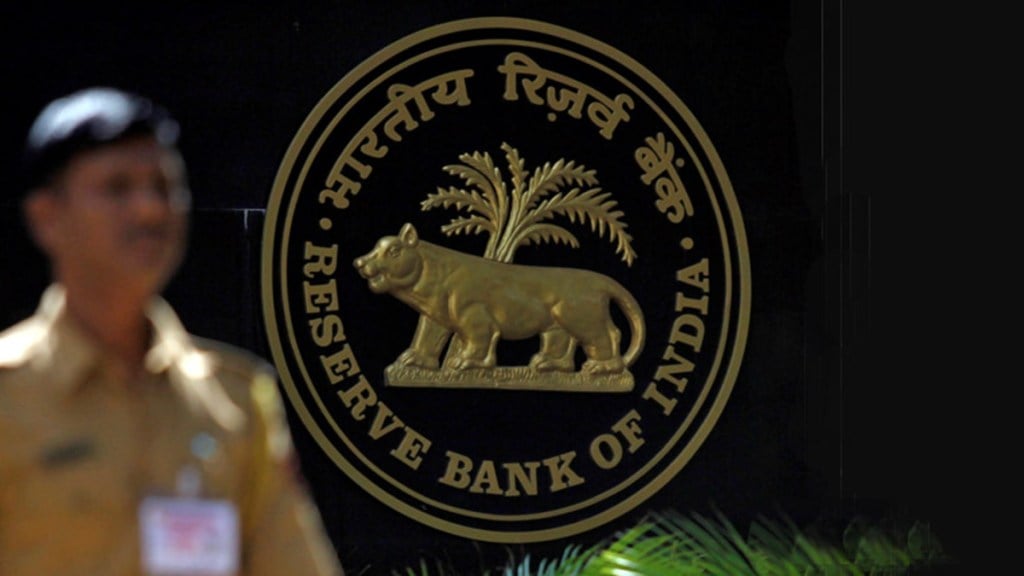Shares of leading gold loan financiers have taken a hit after the Reserve Bank of India released draft norms for lending against gold. While non-banking financial companies have downplayed the impact, the proposed guidelines could dampen growth in the sector, explains Narayanan V
What are the draft gold loan guidelines all about?
The Reserve Bank (RBI) last week released the draft Lending Against Gold Collateral Directions, 2025—a proposed regulatory framework to streamline gold-backed lending. The draft seeks to create a more “principle-based and harmonised approach” across all lenders, including commercial banks, co-operative banks, and NBFCs. It aims to bring uniformity in underwriting standards, collateral management, and monitoring of end-use of funds.
The move comes amid a surge in gold loans, driven by tighter unsecured credit, rising stress among microfinance borrowers, and soaring gold prices. Gold loans have seen the fastest growth within the personal loan segment—outstanding loans rose 87% year-on-year to Rs 1.91 lakh crore as of February 2025, far outpacing the 11% growth in credit card dues. The central bank is keen to ensure this segment doesn’t turn into the next microfinance-style stress point, marked by household over-leveraging and rising defaults.
What are the key proposals?
Lenders are barred from granting advances against primary gold/silver (like 24-carat gold bar) or financial assets backed by gold- or silver-linked ETFs or mutual funds. Borrowers cannot take concurrent gold loans for both consumption and income-generating purposes. Lenders must not extend loans where the ownership of the collateral is doubtful, and are required to maintain records verifying ownership. Loans against re-pledged gold are also prohibited. The tenure for bullet repayment loans (for consumption purposes) is capped at 12 months.
The draft outlines general norms for all gold lenders. These include integrating gold loan policies into lenders’ credit and risk frameworks, setting single-borrower and sectoral exposure limits, and ensuring all loans are linked to repayment capacity through proper credit appraisal and due diligence. Lenders must also establish systems to monitor the end-use of funds and maintain adequate records.
Will this impact gold loan financiers?
Shares of Muthoot Finance, India’s largest gold loan company, have fallen nearly 13% since the release of the draft guidelines. Stocks of other players like Manappuram Finance and IIFL Finance have also declined 3–8%. However, gold loan non-banking financial companies (NBFCs) downplay any adverse impact from the draft, calling it a move towards creating a level-playing field with banks.
NBFCs argue that banks currently enjoy several advantages such as access to cheaper funds, eligibility to offer gold-backed agricultural loans, higher loan-to-value (LTV) ratios, and more lenient disclosure norms. “NBFCs have always been at a disadvantage compared to banks,” said VP Nandakumar, MD & CEO of Manappuram Finance, adding that the scenario will now change following the central bank’s latest decision.
Industry players also point out that the draft largely consolidates all existing gold loan guidelines, which NBFCs are already complying with. In fact, they say the new norms may require banks to increase their disclosure standards—such as publishing gold auction notices in regional and national newspapers, a requirement NBFCs already follow.
NBFCs may be affected more
While NBFCs have downplayed the impact, analysts remain cautious. Nuvama, for instance, believes the proposed guidelines could dampen growth in the sector. A key concern is the treatment of loan-to-value (LTV) ratios. Although the maximum LTV remains at 75%, lenders now need to include accrued interest in the LTV calculation for gold consumption bullet loans. If the LTV exceeds 75% for more than 30 days, lenders must provision 1% of the loan amount—recoverable only after the LTV falls below the limit and stays there for a month. This hits NBFCs harder than banks. For banks, the LTV cap applies only to consumption loans, but for NBFCs, it also extends to income-generation loans. RBI governor Sanjay Malhotra has said the norms are a rationalisation—not a regulatory tightening—but industry watchers believe the rules, once implemented, will increase scrutiny of gold loan lenders.
Impact on borrowers
The RBI is seeking feedback from the public and stakeholders before finalising the framework. However, if implemented, some provisions could make it harder for borrowers to access gold loans. For instance, borrowers will no longer be able to take concurrent gold loans for both purposes. Lenders will also be prohibited from issuing loans where the ownership of the gold is not clear, and they must maintain records verifying collateral ownership. They will need to monitor loan usage periodically and keep evidence on record—all of which could make lenders more selective, potentially edging out some borrowers. That said, there are also pro-consumer measures. Lenders will be required to assess repayment capacity before sanctioning a gold loan. Renewals or top-ups will only be allowed if the loan remains “standard” and within the LTV cap. These safeguards aim to prevent borrowers from falling into a cycle of unsustainable debt.
